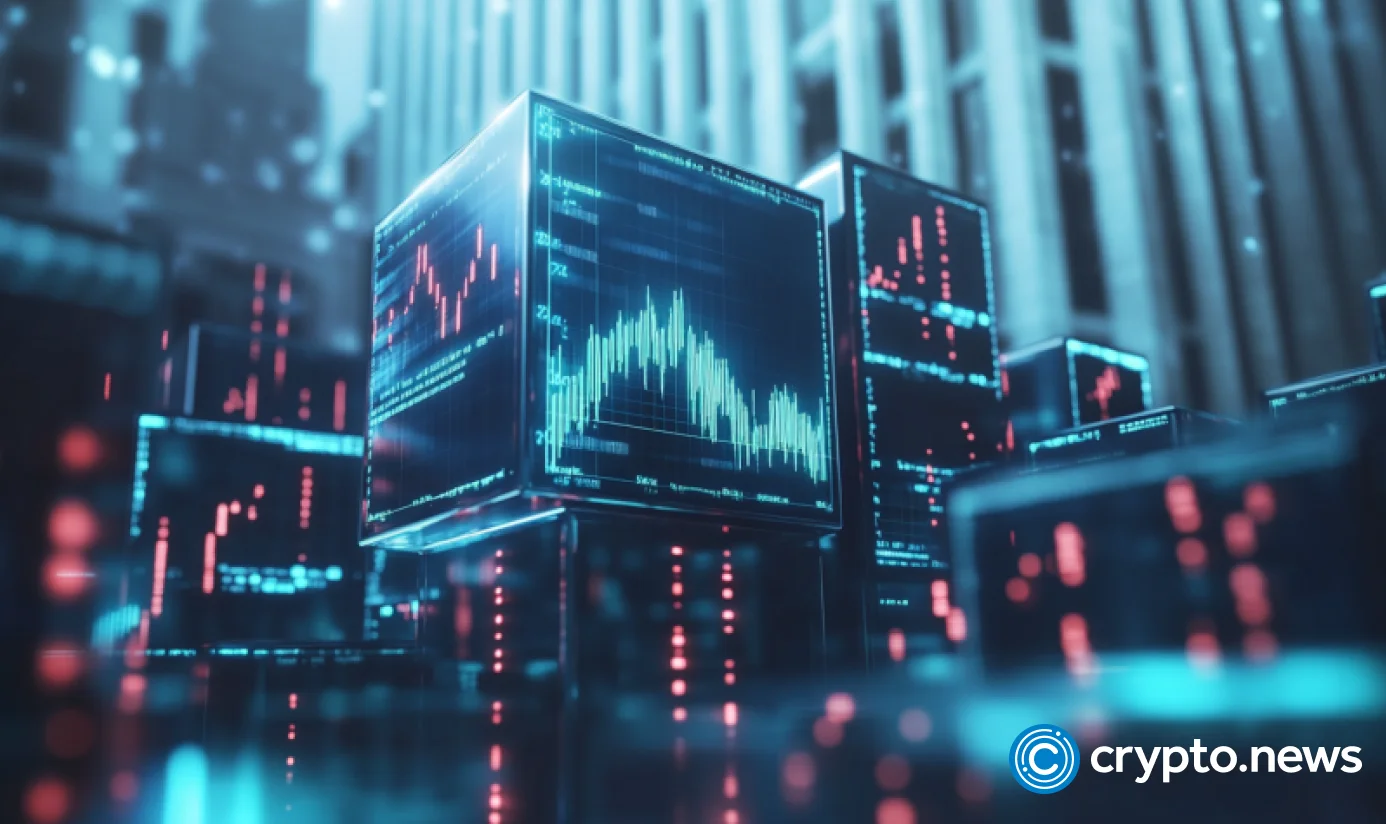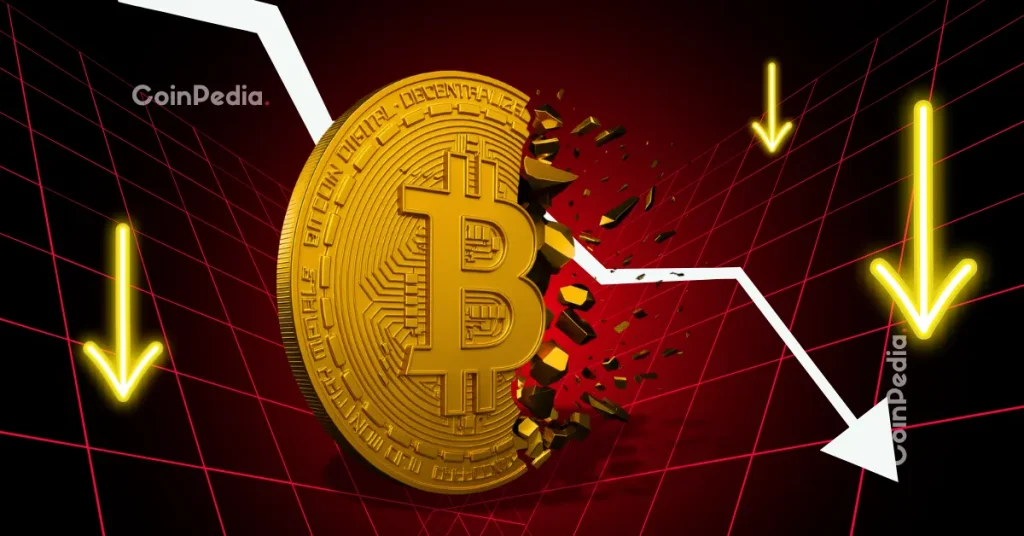The Evolution of Oracles (Part 1): From Data Bridge to Intelligent Trust Layer
Author: 0xhhh
I. Introduction: Blind Spots of Trust
Blockchain is a revolution in trust, but its trust is closed.
It believes in mathematics, but not in the world.
Early blockchains resembled a logician: they firmly believed in reasoning but rejected perception.
Bitcoin trusts hashes, not people; Ethereum trusts code, not input.
So when a contract tries to ask "What is the price of ETH?", it falls silent.
This is not a technological flaw, but rather a boundary of philosophy.
The certainty of blockchain comes from its separation from the external world.
The source of trust is isolation.
But without a connection, there is no meaning.
The history of humankind building trust systems is a process of constantly allowing the "system" to see "reality" again.
The oracle is the first hand reaching out from this crack.
It is both a connection and a source of pollution;
It was both a breakthrough and the beginning of a crisis.
II. First Phase: Cracks in the Cave (2015–2018)
Background: Isolated islands of closed intelligence
In 2015, Ethereum brought the concept of "code is law" to the world.
But the law requires evidence, and there are no "external facts" on the blockchain.
A "weather-based compensation" contract cannot know whether it will rain today;
A synthetic asset that "tracks stock prices" cannot see Nasdaq.
Smart contracts have become prisoners in Plato's Cave, only able to gaze at the shadows on the chain.
The very purity of blockchain technology has become its constraint.
Question: How to "see" without being contaminated?
How can we enable blockchain to see the outside world without being contaminated by it?
Trusting external data implies the introduction of subjectivity and centralization, and the purpose of blockchain is precisely to eliminate both.
Thus, "trusted input" becomes the first paradox of decentralized trust systems.
Technological Evolution
- Oraclize (Provable): Proves that the data indeed comes from a specific source using TLSNotary.
- Town Crier (Cornell): Secure data reading using the Intel SGX Trusted Execution Environment.
- Chainlink (2017): Proposed a decentralized oracle network where nodes stake LINK, aggregate data, and form a weighted consensus.
The first breath of trust
Blockchain makes trust logical; oracles make trust concrete.
Machines learned to "believe" for the first time, while humans began to define truth using algorithms.
III. Phase Two: The Market for Truth (2019–2021)
Background: Trust Famine in DeFi
The DeFi boom has made price feeds the lifeline of the system.
Liquidation, derivatives, stablecoins, and synthetic assets all rely on external prices.
However, price manipulation once could trigger a chain reaction.
The truth has become a resource that can be arbitrageurized.
Technological Evolution
- Tellor (TRB): The truth emerges through a game of negotiation using a collateral and challenge mechanism.
- UMA (Optimistic Oracle): Trusted by default until challenged.
- Kleros (PNK): Decentralized jury verdicts on factual disputes.
- Band Protocol / DIA: Introduces a compromise solution at the API layer, balancing speed and reliability.
The era of trust games
Tellor makes the truth the equilibrium in the game.
UMA makes the truth the default state.
Kleros makes truth a social contract.
Trust is no longer a list, but the result of a game.
The truth was "marketized" for the first time.
IV. The Third Phase: The War of Time (2021–2023)
Background: The Crisis of Delayed Truth
In the era of high-frequency trading and clearing, latency is a risk.
When the truth is slower than a lie, the system will punish the truth.
Technological Evolution
- Pyth Network (PYTH): Quotes are directly signed by exchanges, with the source being the nodes.
- RedStone (RED): Pull price feeds on demand, and verify immediately upon execution.
- API3: First-party oracle, data sources sign and publish themselves.
- Band Protocol: Implementing a cross-chain data layer on Cosmos.
When time becomes the shape of truth
Trust has shifted from "correct" to "timely".
Oracles have become "arbiters of time".
Delay becomes a new dimension of trust.
???? Trust Begins to Have a Price: The Awakening of OEV (2023–2024)
OEV (Oracle Extractable Value)
— The arbitrage difference between truth and time.
The moment a price is updated is not only an informational event, but also a value-driven event.
The order in which the truth is disseminated begins to determine the distribution of wealth.
The question is no longer "whether it is true or not", but "who benefits from the truth".
Technological and Mechanism Evolution
Chainlink OEV Network (2024): Creates an OEV auction marketplace that allows priority update rights to be bid on.
Pyth / SEDA: Suppressing internal arbitrage through timestamp signatures and random committees.
RedStone Pull Mode: Naturally eliminates time lag and leaves no arbitrage window.
The truth begins to be priced.
OEV gives trust economic weight.
In the past, we discussed "who is telling the truth,"
Now we need to discuss "who benefits from telling the truth".
Trust extends from fact verification to value governance.
V. Phase Four: The Collision Between Intelligence and Privacy (2023–2025)
Background: AI Entering the Trust System
AI models can judge the market and analyze news, but their "truthfulness" cannot be verified.
When machines begin to determine the truth, how do we judge the machines?
Technological Evolution
- Oraichain (ORAI): Proof of Execution (AI Inference).
- Phala / iExec: Generate remote proofs using TEE trusted hardware.
- SEDA / Supra / Entangle: Integrating AI verification with cross-chain synchronization.
Verification of reason
When we ask machines to prove their rationality,
Oracle has transformed from "verifying the world" to "verifying intelligence".
Trust extends to the judgment layer.
VI. Fifth Stage: Trust Rebuilding in the Agent Era (2025 →)
Background: The Rise of AI Agents
AI agents already possess economic behavior capabilities.
They sign contracts, negotiate partnerships, and execute transactions.
But algorithms have no ethics, only inputs.
Technological Evolution
- Sora Oracle (SORA): AI Oracle + Payment Protocol + Prediction Market, forming a cognitive self-correction system.
- Flux / OptionRoom: Embedded prediction markets for fact verification.
- Orochi Network: Building a machine identity system to make judgments traceable.
Rebuilding Trust
When intelligent agents become the main body of society, humans transform from "trust bearers" to "trust designers".
Trust between machines is not based on emotion, but on protocols.
Oracle has transformed from a data interface into a civilization structure.
VII. Epilogue: From Data Bridge to Intelligent Trust Layer
Ten years of evolution, each upgrade of Oracle
All of this stemmed from a crisis of trust, and it also opened up new frontiers.
Oracle is no longer just a bridge, but a trust layer for intelligent civilization.
In conclusion
If blockchain is the memory layer of civilization, then Oracle is the sensory layer of civilization.
We are teaching machines something they've never done before: how to perceive honestly.
When the intelligent society truly arrives, Oracle will not only transmit data, but also the form of truth.
You May Also Like

Fed Decides On Interest Rates Today—Here’s What To Watch For

Fanatics mulls predictions market entry in partnership with Crypto.com
